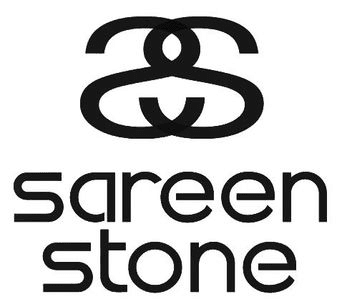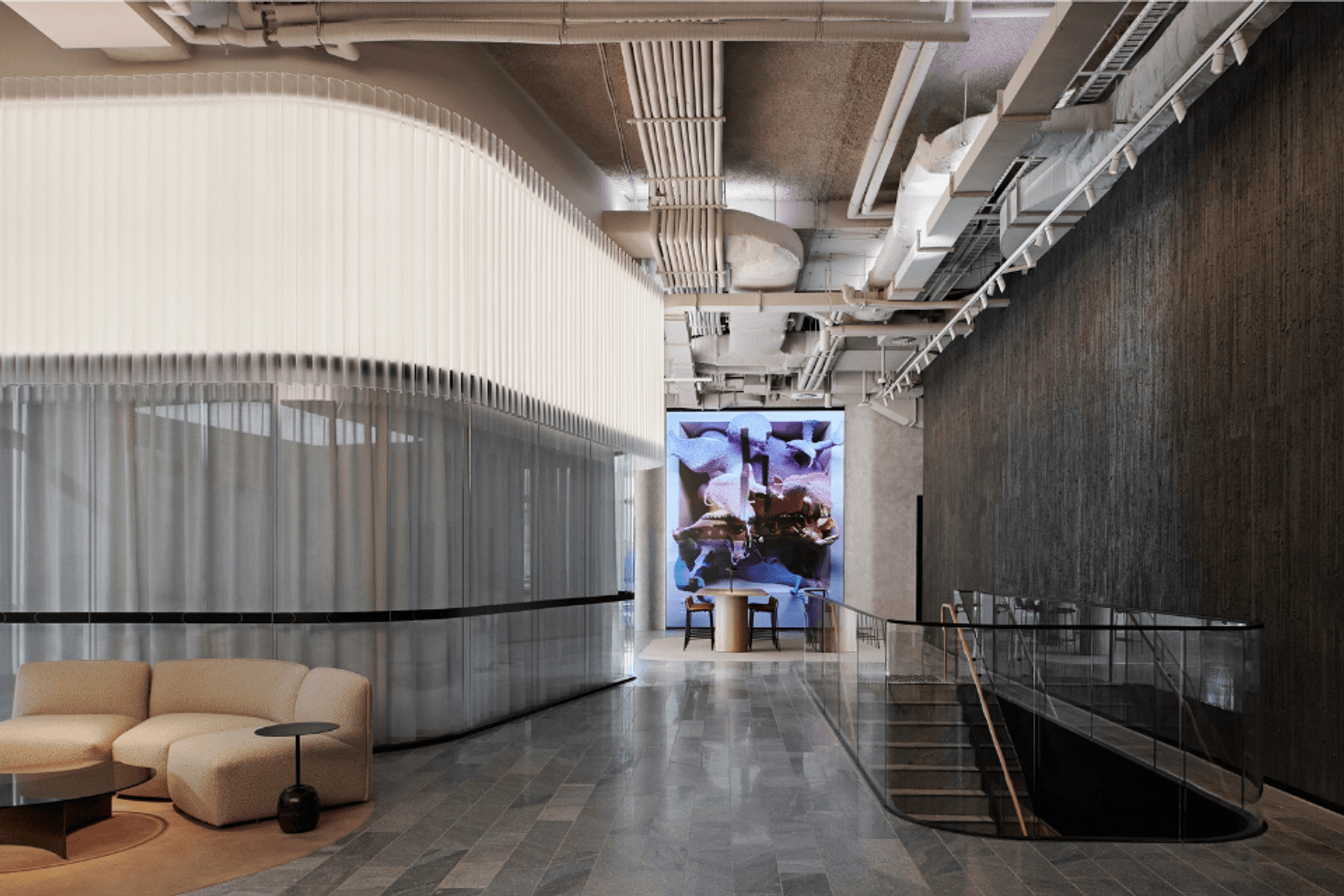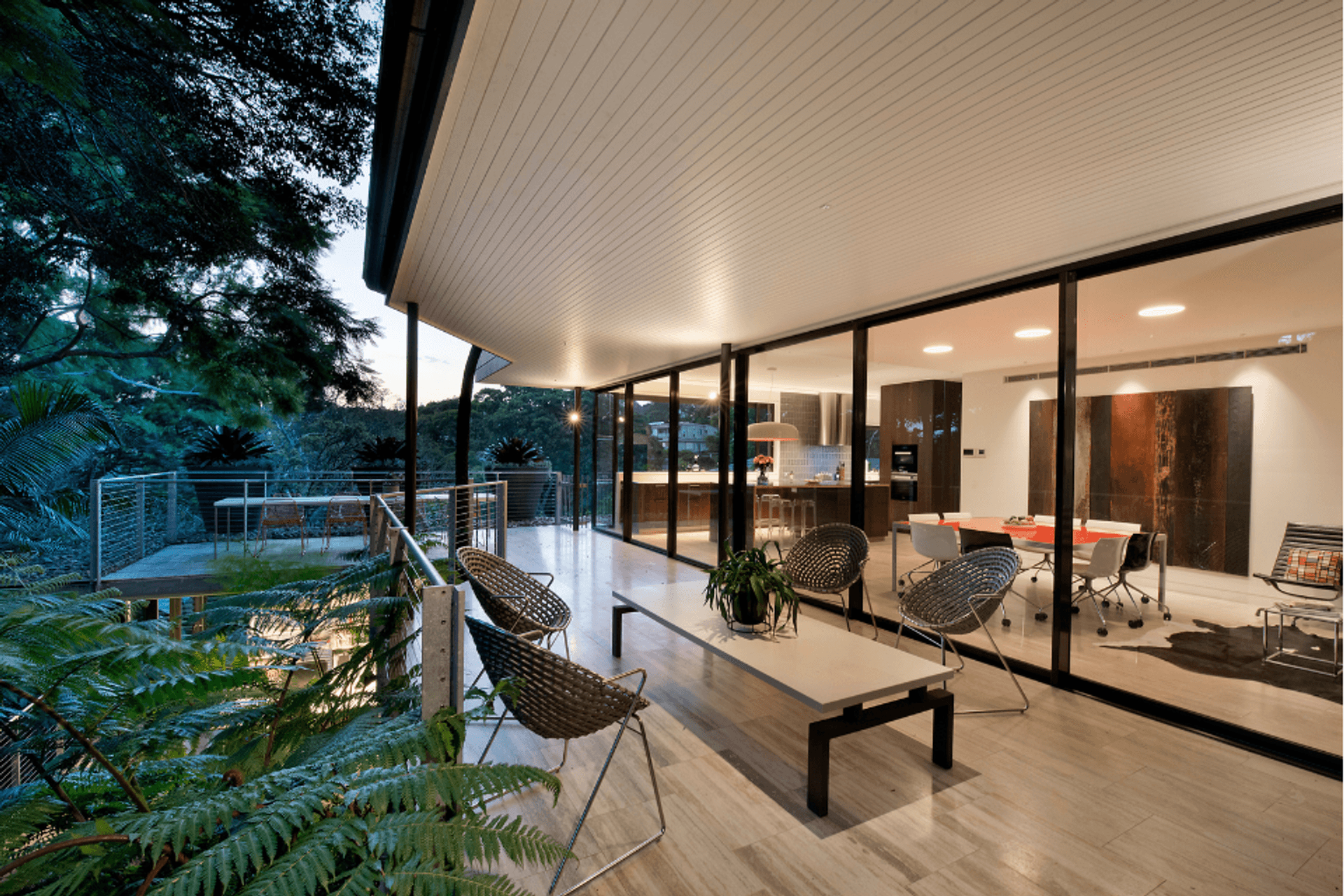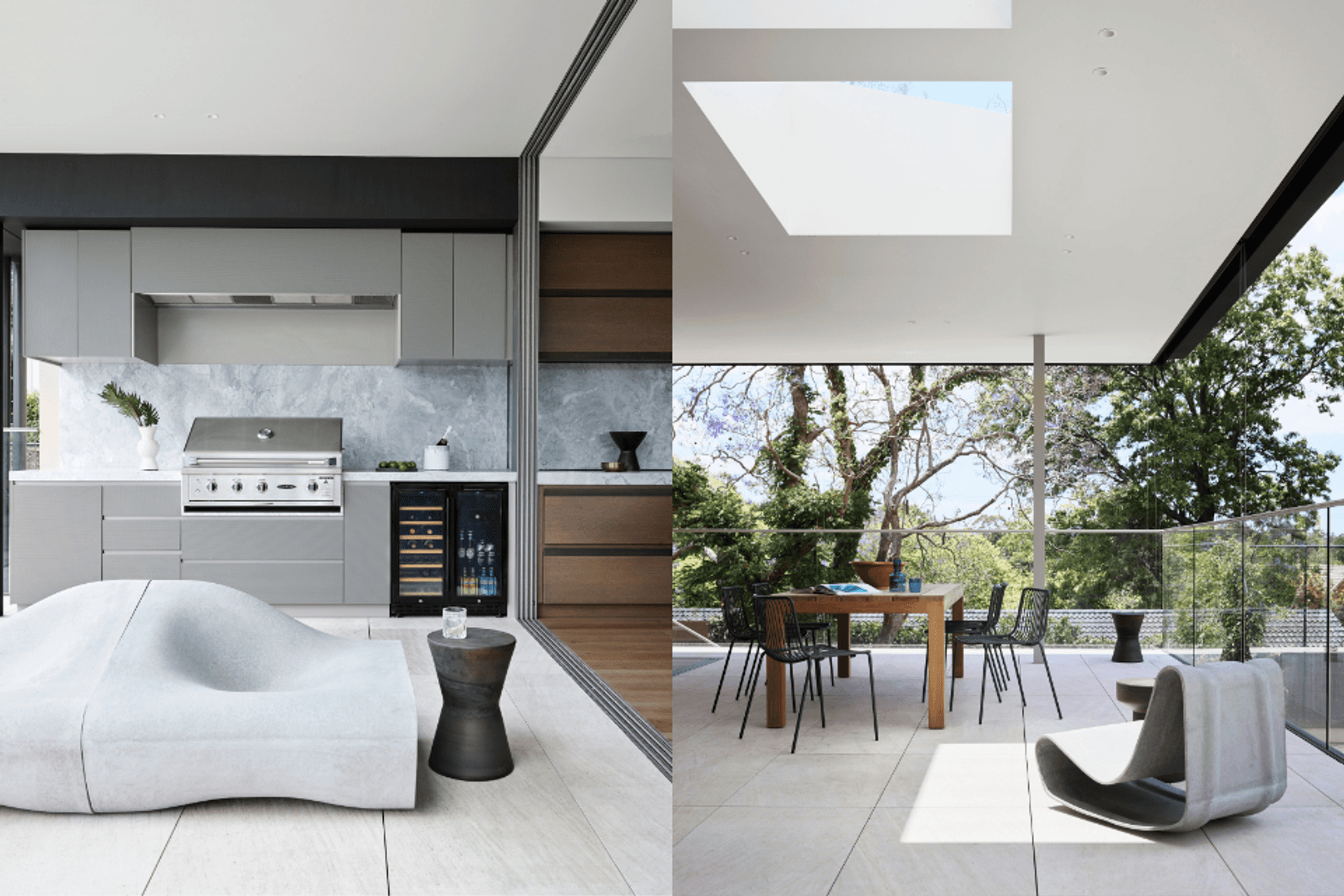FAQs by Architects and Designers about Natural Stone - A Design Professional's Guide
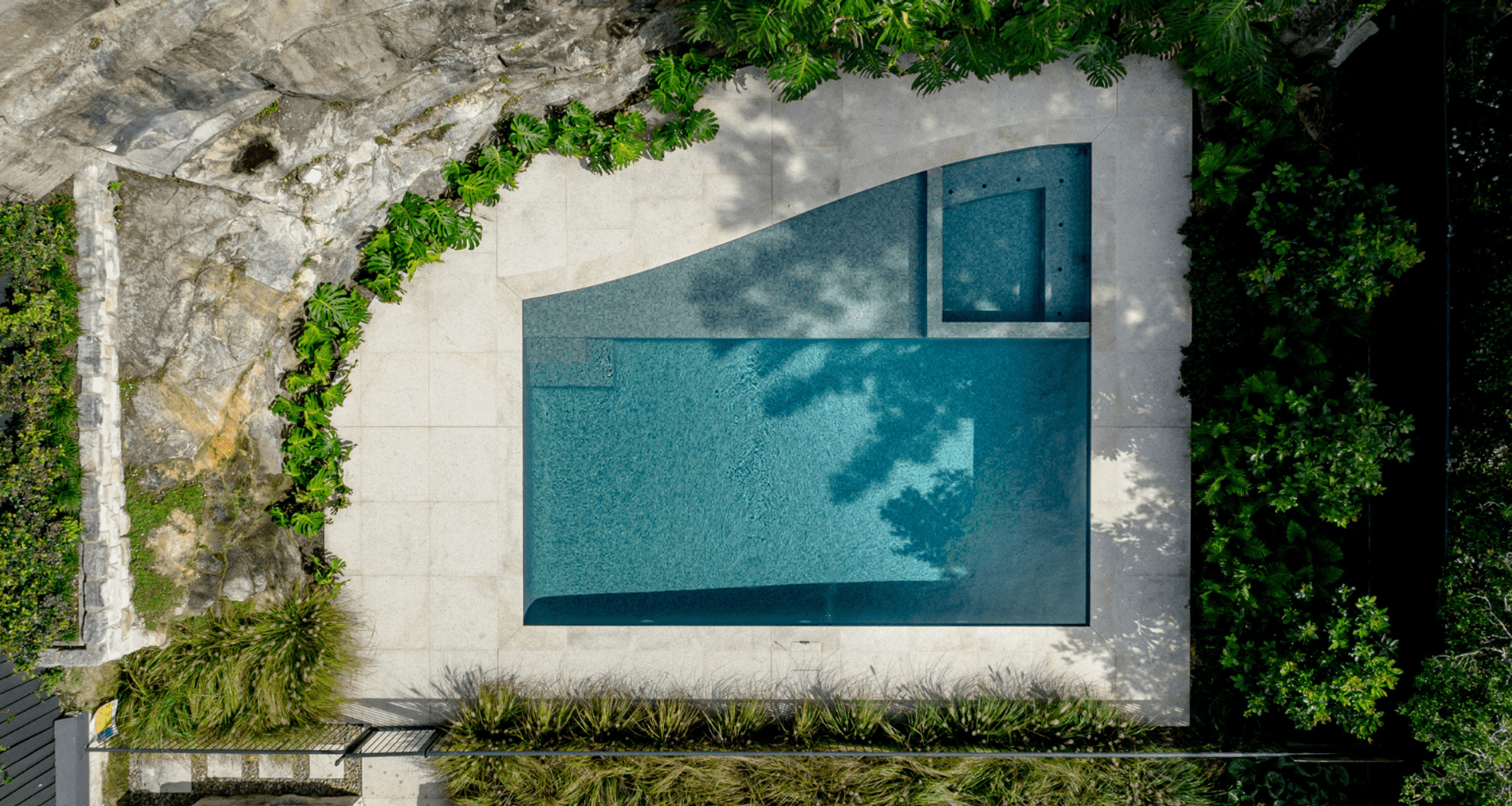
Sustainability & Environmental Benefits
How sustainable is natural stone compared to other building materials?
Natural stone stands as one of the most sustainable building materials available to modern architects and designers. Its exceptional longevity – often spanning centuries – significantly reduces replacement needs and minimises long-term environmental impact. Unlike manufactured alternatives, natural stone requires minimal maintenance throughout its lifetime, even in challenging coastal environments, eliminating the need for harsh cleaning chemicals.
While quarrying processes involve environmental considerations, natural stone's resource efficiency compared to synthetic material production makes it an environmentally responsible choice for sustainable design projects that meet local building standards.
The Unique Ageing Process
How does natural stone evolve over time?
Natural stone's ageing process adds a distinctive dimension to architectural design that manufactured materials simply cannot replicate. Environmental and physical factors influence how stone weathers, developing a natural patina that enhances its aesthetic appeal over decades.
Different stone varieties age in unique ways:
- Granite maintains its durability with minimal visible changes, even in variable weather conditions.
- Marble and limestone develop rich character and depth that artificial materials cannot match.
- Local sandstone gradually reveals subtle colour variations that add warmth and authenticity.
This natural evolution creates living surfaces that become more beautiful with time – a quality increasingly valued in sustainable, thoughtful architecture.
Practical Considerations for Large-Format
What should architects consider when specifying custom large-format stone tiles?
When incorporating large-format natural stone into your design vision, consider these three critical factors:
1. Size selection significantly impacts both visual impression and technical execution. While standard formats (600x400mm to 900x600mm) work well for most applications, custom sizes (1200x1200mm or 1500x750mm) offer greater creative flexibility. Material thickness, typically 20-30mm, must align with structural requirements and application demands.
2. Cost considerations vary with size. Smaller tiles allow efficient stone utilisation and minimise fabrication waste, while large-format tiles require careful slab selection, potentially affecting material costs. Imported stone may have different pricing structures compared to locally sourced options.
3. Installation complexity increases with size. Large-format tiles require specialised equipment and multiple installers for safe handling, impacting labour time and project timelines. Understanding these parameters early in the design process ensures optimal results while effectively managing client expectations.
Transformative Finish Options
How can different finishes transform natural stone's appearance and performance?
Natural stone's versatility extends through various finishing techniques that dramatically affect both aesthetics and functionality:
- Split finishes preserve raw character for dramatic feature walls.
- Flamed surfaces create distinctive textures ideal for exterior applications and pool surrounds.
- Sandblasted finishes offer subtle sophistication with superior slip resistance for wet areas.
- Bush-hammered surfaces provide practical grip without compromising design integrity.
- Honed finishes deliver elegant, matte appearances with reduced maintenance requirements.
- Polished surfaces maximise colour depth and create sophisticated reflective qualities.
This range of options allows architects to precisely match material performance with design vision across diverse applications from beachfront properties to urban developments.
Creating Seamless Indoor-Outdoor Transitions
What are the key considerations for successful indoor-outdoor stone applications?
Creating cohesive transitions between interior and exterior spaces requires thoughtful material selection and precise execution. Using the same stone throughout, but with complementary finishes – typically honed for interiors and textured for exteriors – maintains visual continuity while addressing practical requirements for year-round indoor-outdoor living.
Large-format tiles minimise grout lines, creating uninterrupted flow between spaces. Careful attention to floor levels and threshold details ensures truly seamless transitions that elevate the overall design experience and enhance the connection to outdoor landscapes.
Material Compatibility
How does natural stone work with other contemporary materials?
Natural stone's adaptability makes it an exceptional companion to modern building materials:
- Creates compelling dialogues with timber's warmth and grain.
- Provides textural contrast to glass and steel in modern structures.
- Complements or contrasts with concrete's uniformity.
- Anchors spaces featuring modern synthetic materials.
This versatility extends throughout interior and exterior applications, where stone can make bold statements or serve as subtle foundation elements that enhance overall design cohesion.
Understanding Performance Factors
What determines natural stone's durability and performance?
Performance characteristics depend on inherent properties like hardness, porosity, and mineral composition. While granite and quartzite offer superior wear resistance for high-traffic areas, softer stones like limestone and marble require more careful consideration for specific applications.
The chosen finish also significantly impacts longevity – polished surfaces resist staining better, while textured finishes might perform better in exterior or wet environments such as poolside areas and coastal settings.
Expert Guidance for Your Project
Natural stone's enduring appeal lies not just in its beauty but in its ability to tell a unique story over time. For detailed insights into material selection and technical specifications for your specific project needs, connect with our stone specialists who can guide you through the selection process.
Contact our natural stone experts today to discuss your upcoming project requirements.
